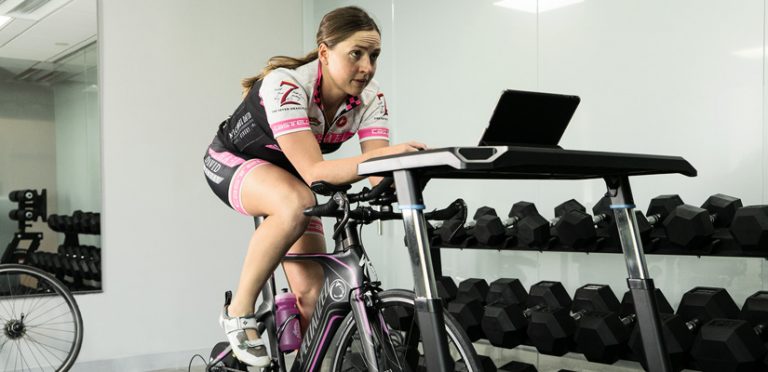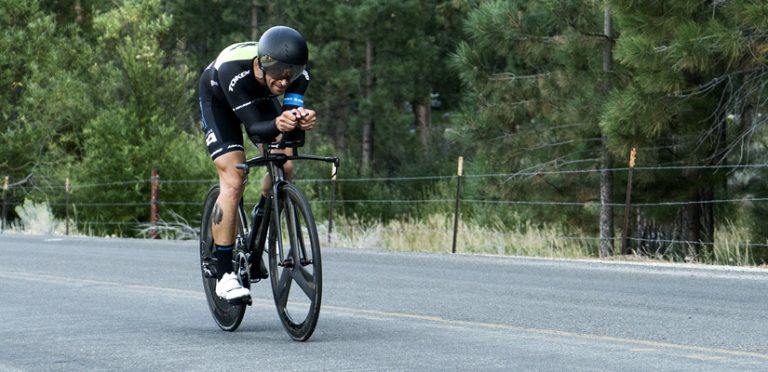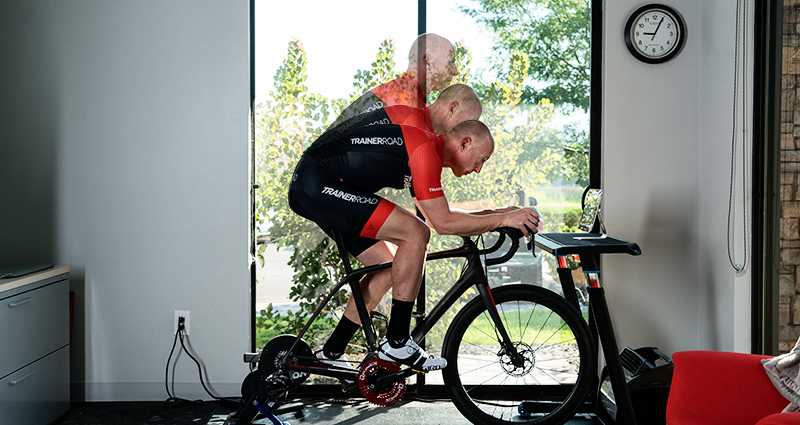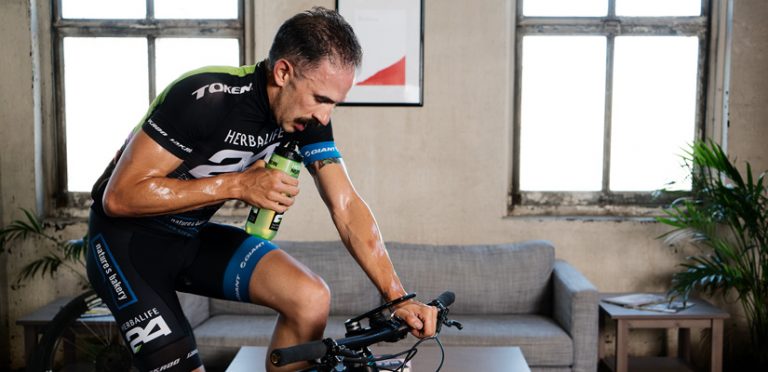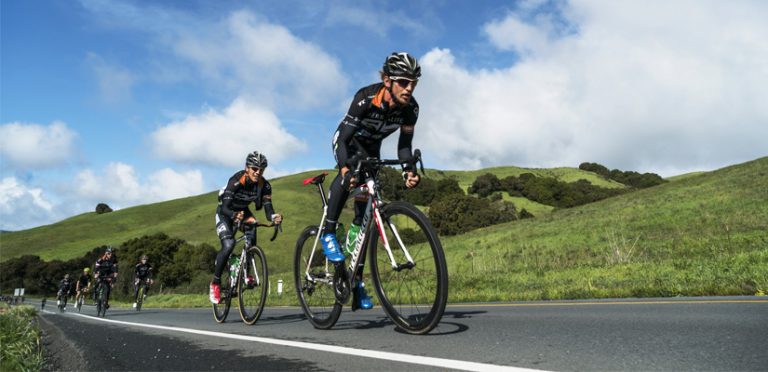Answer: It’s a process, and every rider will come to a different balance that suits them. Every step in the process can yield more power, greater aerodynamics, and/or higher levels of sustainability. Who Knew There Was So Much to Time Trialing!? Going fast in a time trial is a marriage, if a polygamous one, of…
